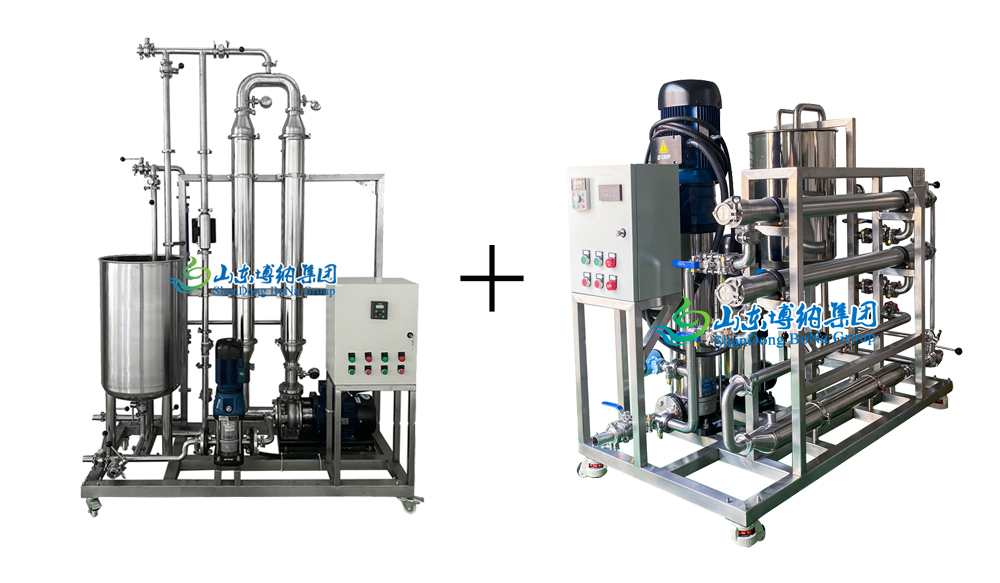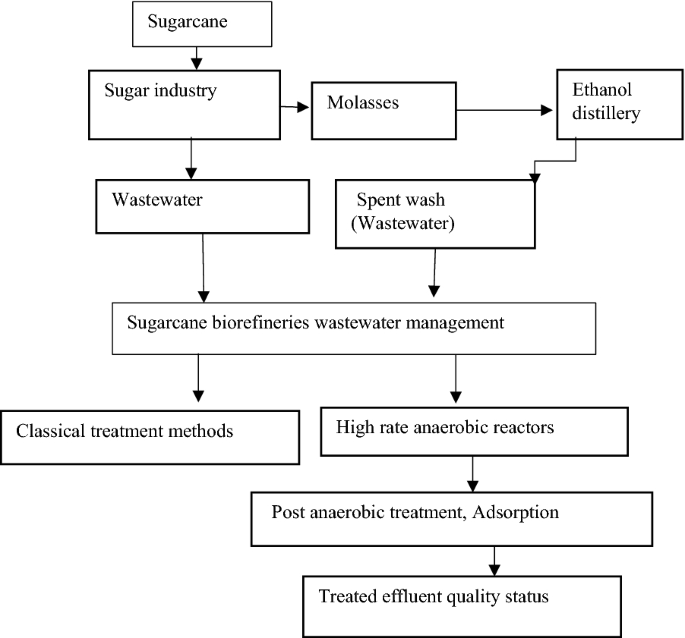Are Products From Sugarcane Truly Biodegradable?
Are Products From Sugarcane Truly Biodegradable?
Blog Article
Opening the Possible of Products From Sugarcane: a Comprehensive Overview
The possibility of sugarcane extends far past its conventional usage for sugar production. This overview checks out the complex applications of sugarcane, from power and eco-friendly materials to health and wellness items. By analyzing its journey from field to factory, it discloses how sustainable practices can transform waste into valuable sources. As industries seek environment-friendly remedies, the inquiry continues to be: just how can these advancements improve our technique to farming and manufacturing?

The Journey of Sugarcane: From Area to Manufacturing facility
Sugarcane goes through a fascinating transformation as it travels from lavish areas to dynamic manufacturing facilities. In the fields, the high, green stalks are collected, commonly by mechanical ways or manual work. As soon as cut, the sugarcane is swiftly moved to refining centers to guarantee maximum freshness. At the manufacturing facility, the primary step entails crushing the cane to draw out the sweet juice, which has sucrose. Products From Sugarcane. This juice is after that filteringed system and clarified, getting rid of impurities. Following this, it undertakes evaporation to concentrate the sugar content, bring about condensation. The resulting sugar crystals are divided from the remaining molasses with centrifugation. The sugar is dried and packaged for circulation. Throughout this trip, maintaining top quality and efficiency is crucial, as the techniques employed straight influence the product's last quality. This transformation not just highlights the agricultural relevance of sugarcane but additionally its significant function in the international economy
Sugar and Its By-products: More Than Simply Sweetness
The improvement of sugarcane right into polished sugar unlocks to a broad selection of products and applications that extend beyond simple sweet taste. Sugar and its by-products, such as molasses, brown sugar, and sugar, play crucial functions in different sectors, consisting of food, drugs, and cosmetics. In the food industry, these components boost tastes, boost appearance, and work as preservatives.Molasses, a byproduct of sugar production, is rich in minerals and vitamins, making it a useful active ingredient in natural food and pet feed. Glucose, a basic sugar stemmed from sugarcane, offers as a substantial power resource in sporting activities nourishment and is crucial in the manufacturing of confectionery. Additionally, sugar derivatives are used in fermentation processes, contributing to the manufacture of alcoholic beverages and other microbial items. Overall, the adaptability of sugar and its derivatives highlights their relevance past plain sweetness in everyday life.
Biofuels: Harnessing Energy From Sugarcane

A considerable portion of international biofuel manufacturing currently depends on sugarcane, identified for its high energy yield and efficiency in converting sunlight into biomass. This exotic crop offers as a key resource for ethanol, a sustainable fuel that can change gasoline in vehicles. Sugarcane's capacity to create more ethanol per hectare than various other feedstocks, such as corn, adds to its increasing popularity among biofuel producers.The fermentation procedure of sugarcane juice or molasses generates ethanol, which can be combined with fossil fuels to lower greenhouse gas emissions. Additionally, by using the residual bagasse from sugarcane handling, power can be produced through combustion, additional enhancing the sustainability of biofuel manufacturing. As countries seek to minimize climate adjustment effects, sugarcane biofuels supply an encouraging solution, strengthening energy security and advertising agricultural sustainability while supporting country economies.
Naturally degradable Plastics: The Sustainable Alternate
Just how can markets shift to even more lasting practices when faced with expanding plastic pollution? One appealing remedy depends on naturally degradable plastics originated from sugarcane. Unlike conventional petroleum-based plastics, these bioplastics supply a green alternative that can significantly lower ecological impact. Made from renewable energies, sugarcane-based plastics disintegrate much more rapidly in various conditions, minimizing garbage dump accumulation and marine debris.The manufacturing of eco-friendly plastics not just addresses waste management challenges but also lines up with the increasing consumer demand for lasting products. Industries taking on these materials can enhance their brand image while adding to a circular economic situation. Furthermore, the change to eco-friendly options urges technology and investment in new innovations, promoting a greener market landscape.As much more business acknowledge the benefits of sugarcane-derived plastics, the potential for widespread fostering increases, leading the way for a more lasting future in product packaging and product design.
Pet Feed and Fertilizers: Making Use Of Results
The by-products of sugarcane processing hold considerable potential for both Recommended Site pet nutrition and natural plant foods. These results can be integrated right into animal feed, offering necessary nutrients while minimizing waste. Additionally, they can act as reliable organic fertilizer choices, improving soil wellness and her explanation advertising sustainable farming methods.
Byproducts in Animal Nourishment
While sugarcane is mostly valued for its sucrose content, its results play a crucial role in pet nutrition, particularly in the form of pet feed and fertilizers. The coarse residue referred to as bagasse, generated during the removal of juice, serves as a valuable resource of roughage for livestock. This high-fiber product improves food digestion and promotes total health and wellness in ruminants. Additionally, molasses, a by-product of sugar refining, is rich in power and can be used to supplement animal diet plans, boosting palatability and nutritional value. Vinasse, a fluid by-product from ethanol manufacturing, includes crucial nutrients and can be utilized as a feed additive. Generally, sugarcane byproducts contribute substantially to sustainable animal nourishment techniques.
Organic Fertilizer Options
Using sugarcane byproducts extends beyond pet nourishment to encompass organic fertilizer alternatives that benefit agricultural methods. The coarse residues, such as bagasse and filter cake, function as effective natural fertilizers, enriching dirt wellness and enhancing plant yields. These materials are rich in nutrients, consisting of potassium, nitrogen, and phosphorus, important for plant development. When disintegrated, they boost dirt framework, water retention, and microbial task, fostering a sustainable farming ecosystem. Additionally, utilizing sugarcane byproducts for fertilizing decreases reliance on artificial fertilizers, promoting eco-friendly farming techniques. By reusing these results, farmers can add to a round economic climate while optimizing their performance and reducing waste. This method exemplifies ingenious approaches in sustainable farming, leveraging sugarcane's full capacity.
Wellness and Wellness: Nutritional Advantages of Sugarcane
Various research studies highlight the dietary advantages of sugarcane, making it an important addition to a balanced diet regimen. Rich in important nutrients, sugarcane consists of considerable quantities of vitamins, minerals, and carbohydrates, specifically vitamin Potassium, calcium, and c. These parts contribute to overall health, sustaining immune function and bone strength.Moreover, sugarcane is a natural resource of antioxidants, which aid battle oxidative tension and swelling in the body. Its high fiber material aids in food digestion, promoting intestine health and wellness and preventing constipation. In addition, sugarcane juice has been connected to hydration and energy replenishment, great post to read making it a superb option for professional athletes or those participating in exhausting activities.Furthermore, the glycemic index of sugarcane is fairly reduced, allowing for a more gradual release of power, which may be helpful for individuals managing blood sugar level degrees. Overall, incorporating sugarcane into one's diet regimen can offer a revitalizing and nutritious option for health-conscious individuals.
Innovations in Sugarcane Products: Future Trends and Possibilities
What advancements exist ahead for sugarcane products as industries seek to enhance sustainability and consumer charm? The future of sugarcane items is poised for substantial innovations, driven by the need for eco-friendly alternatives. Technologies in bio-based packaging, derived from sugarcane, are acquiring grip, offering a sustainable alternative to typical plastics. Furthermore, the exploration of sugarcane's bioactive substances is likely to lead to new health and wellness supplements and practical foods, taking advantage of its all-natural benefits.Research into fermentation procedures may generate novel biofuels, additionally expanding sugarcane's energy. The advancement of genetically modified sugarcane varieties assures enhanced yields and resistance to parasites, consequently supporting lasting farming methods. As consumers become a lot more environmentally mindful, the combination of transparency in sourcing and manufacturing approaches will also play a necessary duty fit the future of sugarcane items. Inevitably, these developments could redefine sugarcane's setting in global markets.
Regularly Asked Questions
What Are the Ecological Effects of Sugarcane Farming?
The ecological effects of sugarcane farming consist of deforestation, loss of biodiversity, dirt degradation, and water contamination - Products From Sugarcane. Additionally, extreme chemical and plant food usage can harm communities, while monoculture techniques might bring about lowered resilience versus environment adjustment

Just How Is Sugarcane Processed Into Different Products?
Sugarcane handling involves harvesting, crushing, and removing juice, which is after that clarified and focused. The resulting syrup can be fermented for ethanol or crystallized for sugar, while fibers are utilized for bioenergy and other products.

Exist Any Type Of Health Threats Related To Sugarcane Intake?
The inquiry of health and wellness dangers connected with sugarcane consumption highlights problems such as too much sugar consumption, potential allergic reactions, and stomach problems. Moderation is important to alleviate these dangers while enjoying its dietary advantages.
What Are the Economic Perks of Sugarcane Cultivation?
The financial advantages of sugarcane farming consist of job creation, raised farming productivity, and payments to local economies. In addition, it supports renewable power production and supplies different byproducts that can enhance earnings within diverse markets.
Just How Does Sugarcane Compare to Other Renewable Resources?
Sugarcane, as a renewable energy, shows greater efficiency in biomass production contrasted to lots of choices. Its flexibility permits numerous by-products, adding significantly to sustainable techniques, economic development, and reducing reliance on fossil gas. Glucose, a straightforward sugar obtained from sugarcane, offers as a considerable power source in sports nourishment and is vital in the production of confectionery. Sugarcane's capacity to generate more ethanol per hectare than various other feedstocks, such as corn, contributes to its enhancing appeal among biofuel producers.The fermentation process of sugarcane juice or molasses creates ethanol, which can be blended with fossil fuels to reduce greenhouse gas exhausts. Additionally, sugarcane juice has been connected to hydration and power replenishment, making it an excellent option for professional athletes or those involving in laborious activities.Furthermore, the glycemic index of sugarcane is reasonably reduced, permitting for an extra steady release of energy, which may be helpful for people managing blood sugar levels. In addition, the exploration of sugarcane's bioactive substances is likely to lead to new health supplements and functional foods, capitalizing on its natural benefits.Research into fermentation processes may generate unique biofuels, additionally expanding sugarcane's utility. The question of health dangers connected with sugarcane usage highlights worries such as too much sugar consumption, possible allergic reactions, and gastrointestinal issues.
Report this page